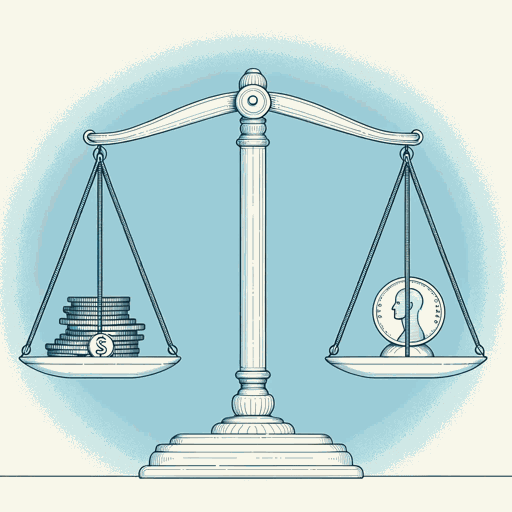49 pages • 1 hour read
David GraeberDebt: The First 5,000 Years
Nonfiction | Book | Adult | Published in 2011A modern alternative to SparkNotes and CliffsNotes, SuperSummary offers high-quality Study Guides with detailed chapter summaries and analysis of major themes, characters, and more.
Chapters 11-12Chapter Summaries & Analyses
Chapter 11 Summary: “Age of the Great Capitalist Empires”
In Chapter 11, Graeber focuses on the “age of the great capitalist empires,” a period between 1450-1971 CE. While “all the Axial Age pieces reappeared” (308), they merged in completely new ways. The era begins with the return of coinage. Gold and silver poured into Europe because of the conquest of North America. While some sources suggest this led to the massive inflation of the 1500s and 1600s, Graeber takes issue with this claim. To him, the problem with this conventional story is that most of the metal ended up in China. Illegal mines cropped up in China at the end of the 15th century. The government, which was already suspicious of merchants, attempted to shut down the mines. These efforts sparked local insurrections, causing the government to stop “trying to suppress the inform economy” (310). Instead, the Chinese government legalized the mines and adopted coinage for taxation. The economy boomed and population increased, resulting in an even greater demand for metal. Europeans met this demand with metal from the Americas, which Graeber suggests is the reason for the success of the colonization of North America. Governments in Europe caused inflation “by insisting that gold and silver were money” (313), which undermined local systems of trust that had operated without metal currency.
Related Titles
By David Graeber


